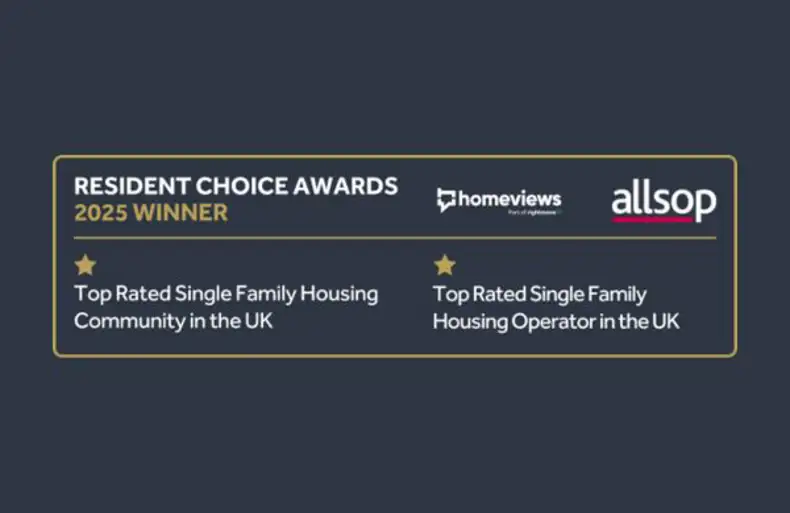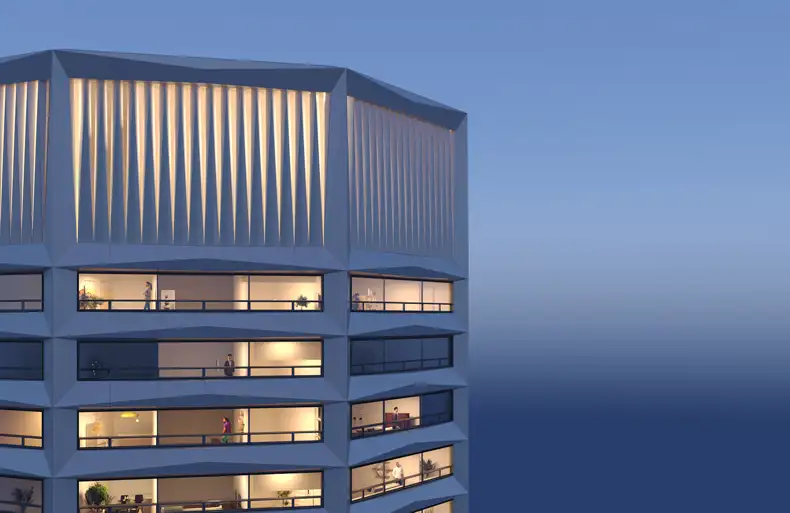Over the past five years, Build to Rent (BTR) has emerged as a sector within its own right. During this time, key investors and operators have been working with local authorities to adopt acceptable provisions of affordable housing where required.
The National Planning Policy Framework (NPPF), associated Planning Practice Guidance (PPG) and the Draft London Plan have all produced specific BTR commentary to help local authorities and participants within the industry understand the nuances and requirements of what is still considered a relatively new sector.
Whilst overarching guidance, such as those mentioned above, all support the provision of Discounted Market Rent as the affordable component within BTR developments where appropriate, discrepancies remain at a local level. Each authority adopts its own stance when it comes to local development policies, with some still not acknowledging BTR as a unique type of residential development. As a result, the proportion of affordable housing required and the rental level permitted within schemes can vary significantly between locality and local authority.
What is Discounted Market Rent (DMR)?
Discounted Market Rent, also known as Affordable Private Rent, is a type of intermediate affordable housing, intended to meet the needs of middle-income households that cannot afford local market prices. DMR units are rented at a level typically at least 20% below local market rents; however, the level of discount can vary. Importantly for BTR, DMR units do not have to be owned or managed by a registered provider of affordable housing.
On or off-site?
Whilst BTR generally supports the on-site provision of affordable housing, we find that contributions in regional locations have, to date, predominantly been off-site payments agreed through s106 agreements or have not been required at all. There are several reasons for this, but development viability in regional locations can be more of a challenge and local authorities also acknowledge the contribution to regeneration that BTR can bring. This said, we are starting to see more regional authorities now requesting the on-site provision of DMR units within BTR schemes as a greater number of developments come forward, therefore adopting policy more akin to that of London.
Current policy – inconsistent and ever changing
On a national level, the benchmark provision for affordable housing within BTR schemes is 20% of all units. DMR units are likely to be assumed at a discount of 20% or more of market rent.
In contrast in London, for those wishing to pursue the fast-track route through planning which does not require the submission of a viability assessment, Policy H13 of the Draft London Plan specifies a requirement of 35% affordable housing and provides guidelines on rental thresholds acceptable for this route.
Whilst discrepancies between policy at a regional and London level are somewhat expected, discrepancies are also evident between London-specific policies. For example, the Affordable Housing and Viability Supplementary Planning Guidance (2017) appears to contradict the Draft London Plan by stating that the fast-track route ‘is not appropriate’ for BTR schemes. As the aim of SPG is to provide guidance on the application of policies in the London Plan, this contradiction confuses the planning and development process for developers.
In regard to resident eligibility for DMR in London, there are additional variations from borough to borough and development to development. Typically however, applicants must either live in or work within the borough the scheme is located and earn a household income within a certain range. Rental caps set out in the Mayor’s Annual Monitoring Report are then applied.
What does the future hold?
Despite locational discrepancies and inconsistent guidance and application, BTR is one of the country’s more successful housing sectors. However, in early 2019, the Mayor of London inserted a suggested amendment to the Draft London Plan, which proposed that London boroughs could require a proportion of affordable housing within BTR schemes as low-cost rent (social rent or London Affordable Rent).
The main issue associated with this proposed change is that such low-cost affordable rental products must be managed by a registered provider. Most institutional BTR investors are not RP’s, meaning the affordable element would need to be owned / managed by a third party. Split management significantly dilutes the management efficiencies and liquidity of an asset, consequently negatively affecting the development’s investment value and overall viability.
Furthermore, providing the affordable and private units in separate blocks contradicts the ethos of BTR. The sector promotes tenure-blind, mixed-communities where private and affordable units share the same, equal access to amenity and professional management.
Moving forward
Local authorities have an important role to play. Using national and regional policy as a guide, we would encourage councils to acknowledge BTR as a unique sector and publish local policies that encourage development in line with their requirements.
All housing tenures have a part to play in providing the wide range of housing required to meet ambitious national delivery targets. The BTR sector positively contributes by satisfying a gap in the middle of the market for those who want good quality rental accommodation at market or discounted rents. Therefore, interaction with the industry to find affordable housing policy solutions is vital to ensure appropriate provision is delivered for local residents, without deterring development.



